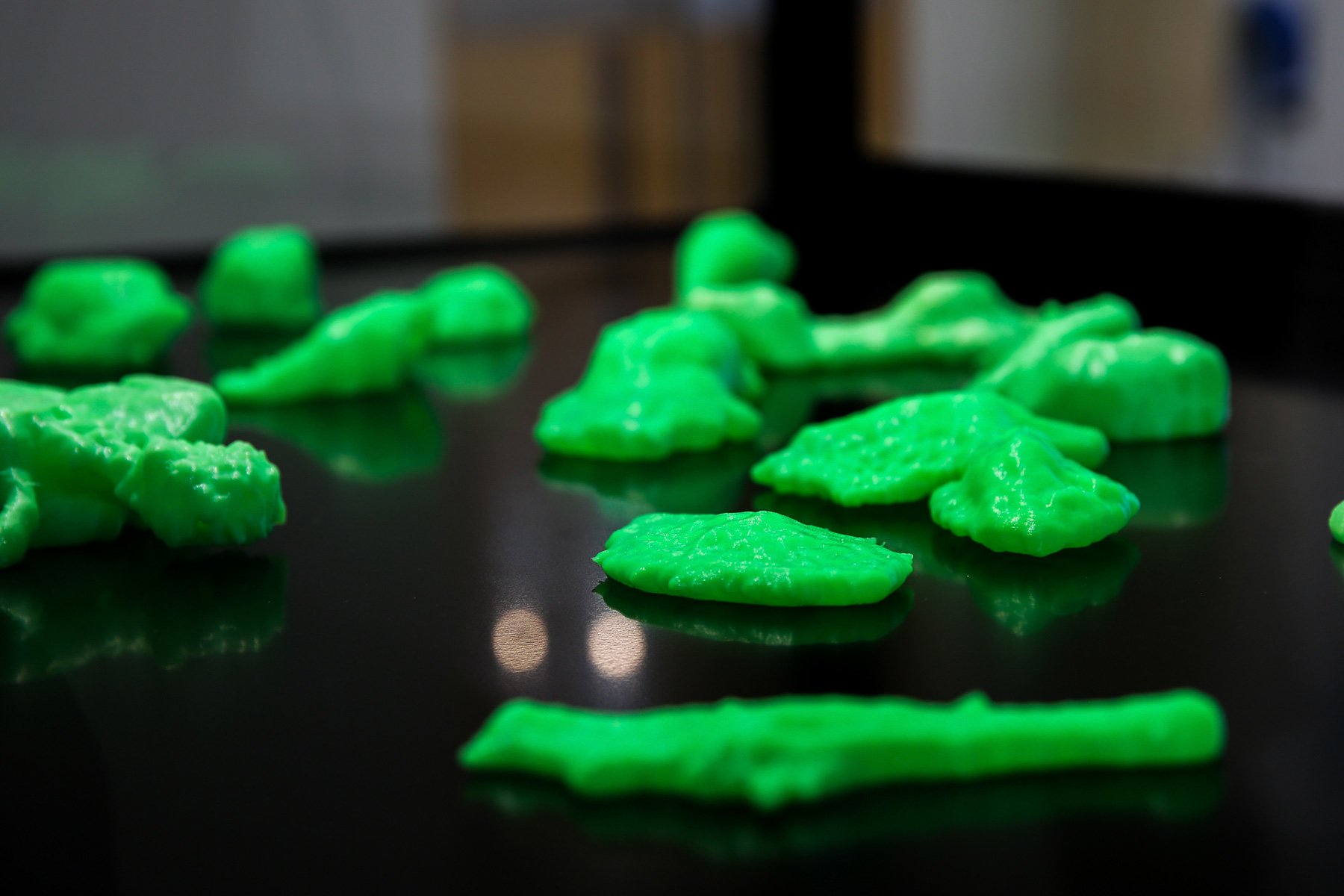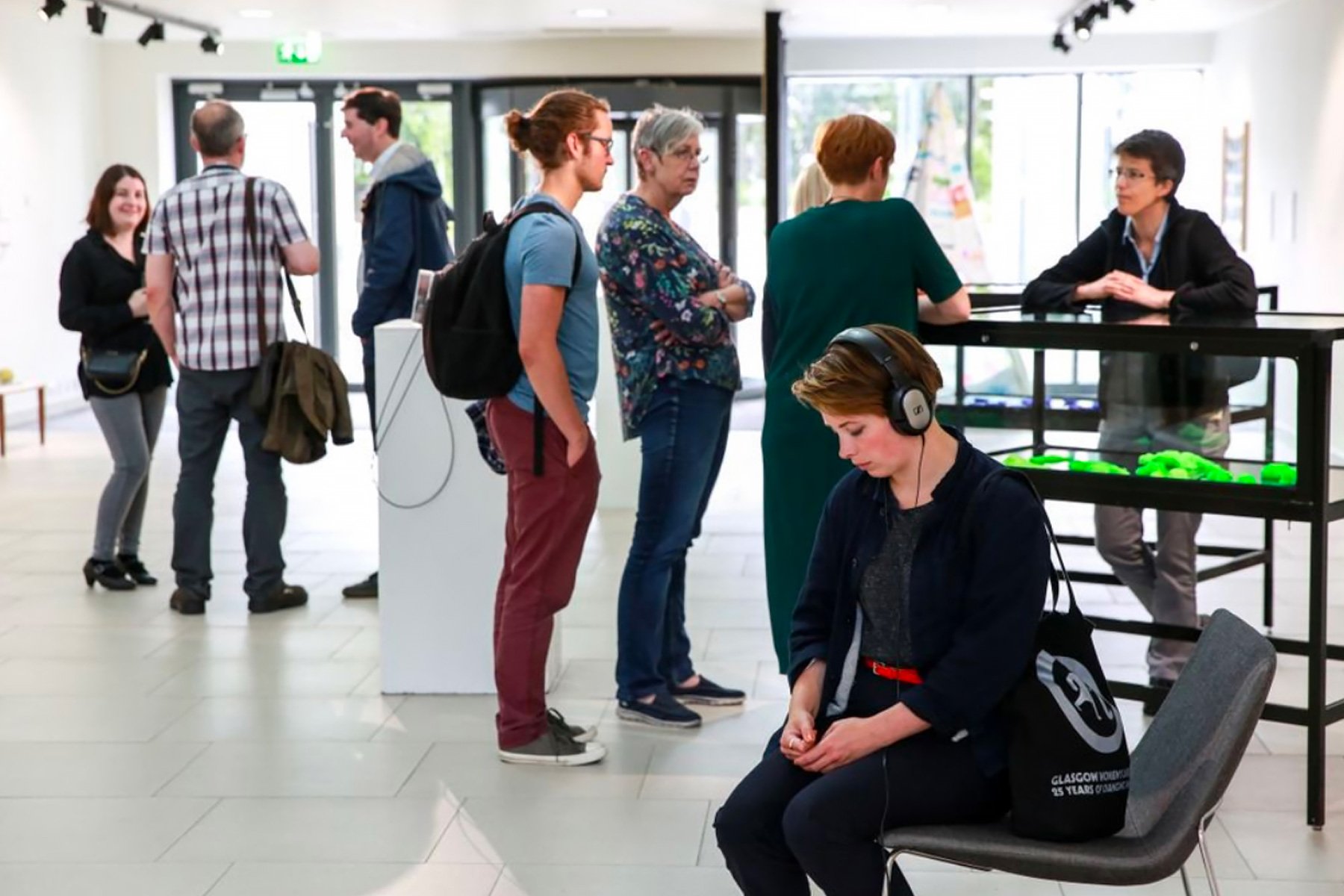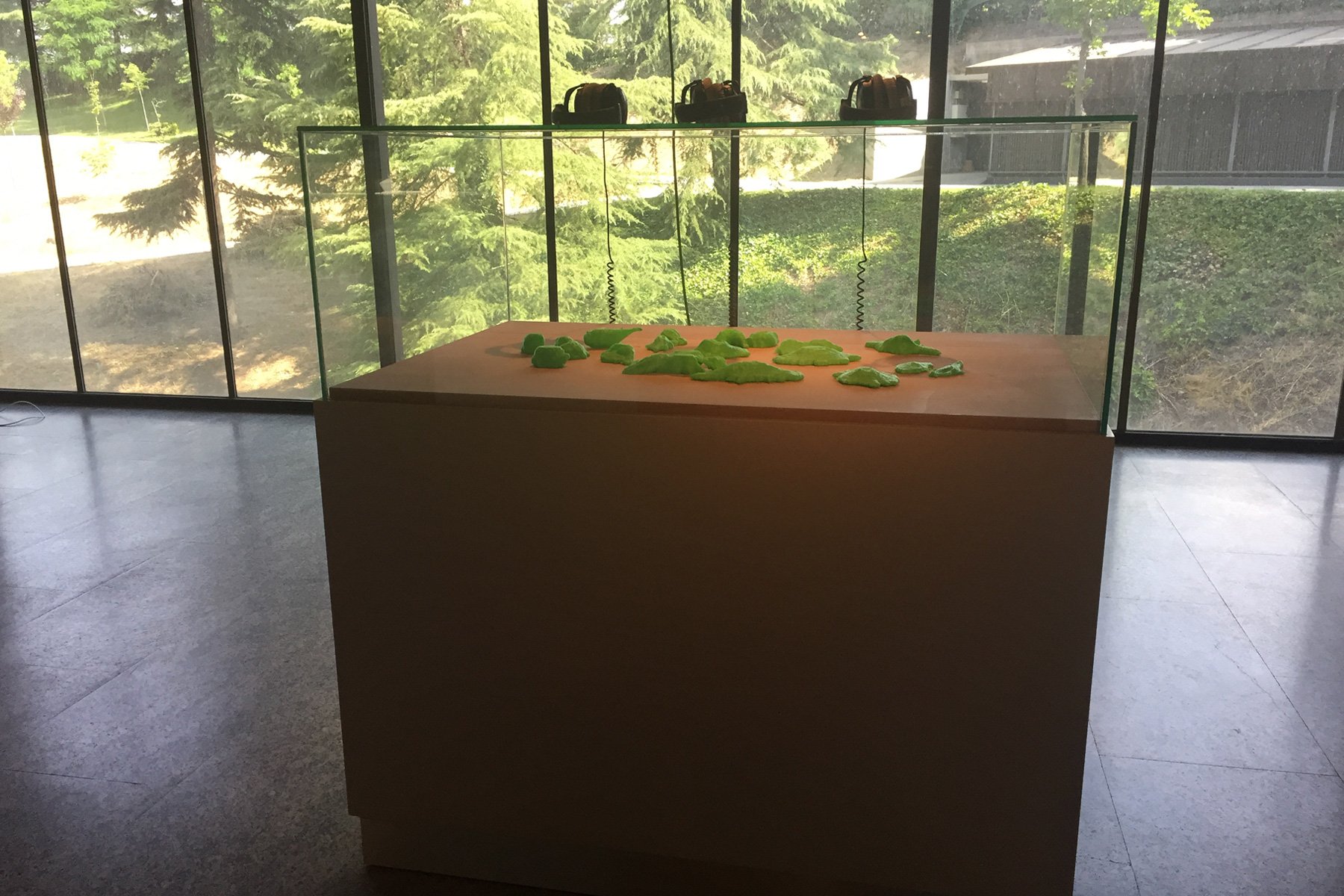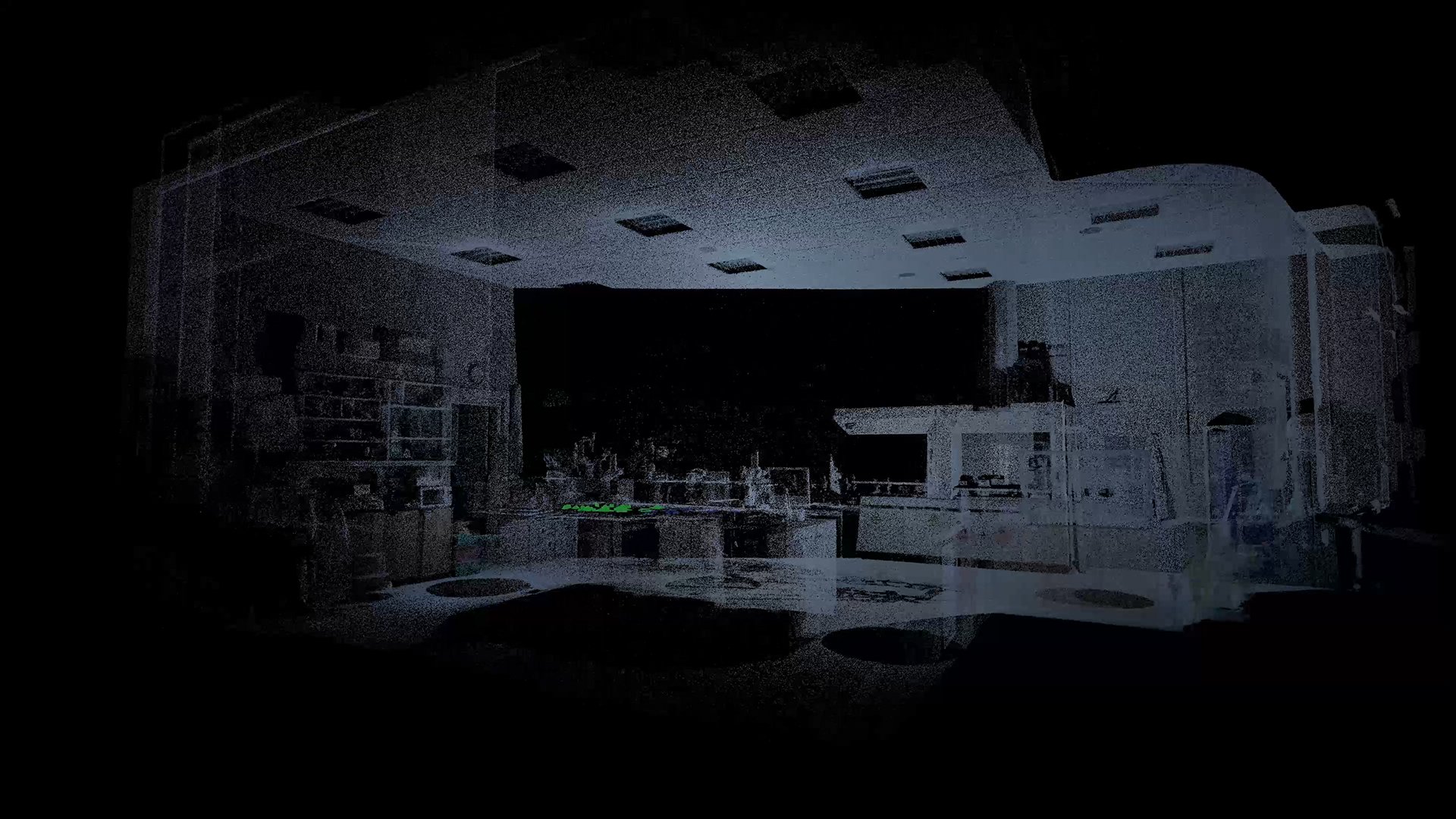
We Began As Part of the Body
We began as part of the body is a multi-component artwork which tells the story of the journey of artificial, organotypic skin cells, during their short, precious, three weeks long 'in-vitro' life, from operating theatre to research laboratory, and finally to disposal.
Year: 2017 - 2021
Exhibitions: ‘Beyond Skin’ LifeSpace: Science Art Research Gallery, University of Dundee and Slessor Gardens, Dundee (2017); ‘Fieldworks: Arts & Ethics Research Group’ Berlin Blue Gallery, Germany (2017); ‘Materiality’, Tent Gallery, Edinburgh (2018); ‘V&A Digital Futures 201'8’ as part of EVA London 2018; ‘xCoAx 2018’ Museo del Traje, Madrid, Spain; ‘Dyscorpia; Future Intersections of the Body and Technology’ online, Alberta, Canada (2020 & 2021); ‘Being Human Festival’ (online and as a 7 screen outdoor projection), Inspace, Edinburgh (2020); ‘Radiophrenia’, art radio station programme, Glasgow (2020); ‘Syncrasy’ as part of the Edinburgh Science Festival, Summerhall, Edinburgh (2021)
Video documentation: Artist talk - Beverley Hood in conversation with Professor Sara Brown (28mins)
The We began as part of the body artwork includes a mixed reality experience, Augmented Reality App, film, sound piece, a set of 3D prints and 360 photography. The project began with a commission from the Art & Ethics Research Group at University of Edinburgh, followed by an artist in residence post which Beverley took up in 2017, at the eczema genetic research laboratory of Professor Sara Brown, (University of Dundee), organised by ASCUS Art & Science.
The residency involved spend time observing the activities of the lab, which undertakes research to understand the causes of eczema, and the organotypic artificial skin cells that are cultivated. Taken from an actual person (via tummy tucks, breast surgery, etc), the skin cells are processed and maintained outside of the body. Genes are changed, tweaked, to create eczema skin which is both real and synthetic. Almost indescribably similar and different from the cells that exist within our actual body.
Beverley created a series of experimental artworks directly in response to the residency in 2017 including: a 6mins spoken word sound piece written in response to interviews with the lab staff, 3D prints of organotypic, artificially cultivated skin cells enlarged to 2000 times larger than life and 360 degrees photography of the lab. These initial artworks became a library of materials, added to by LIDAR scans of the ASCUS Lab, at Summerhall, Edinburgh. The project materials were combined and further developed during 2018-2021 in collaboration with Hemal Bodasing and Liminal Studios. Using the Unity Game Engine, a mixed reality experience, Augmented Reality App and film, were developed to present audiences with an immersive encounter with the artificial cell cultures and their lived, disembodied experience. Additionally a seven screen adaptation of the film was created to be projected on the Inspace City Screen projection wall, a large-scale, outdoor, public exhibition space in the centre of Edinburgh.
The project entwines these multiple components, distributed across different platforms and methods of presentation, to lead viewers through the skin cells’ journey, presented from the point of view of the artificial skill cells, during their short, precious, three weeks long life, from operating theatre to lab, and finally to disposal.
Lectures about the work have been given as part of: Mason Institute Lecture Series (2018); ArcInTex Research Network (2018); RAI 2018 - Art, Materiality and Representation, the British Museum; European Congress of Qualitative Inquiry (2019); Being Human Festival (2020); Edinburgh Science Festival (2021)
Funded by: The project was supported by the Arts & Ethics Research Group, Wellcome Trust, Creative Scotland, Edinburgh College of Art, the University of Edinburgh and the Centre for Data, Culture & Society.
Credits: Paul Appleton at University of Dundee Tissue imaging facility (confocal microscopy imaging), Hemal Bodasing (Unity development for Magic Leap), Asad Khan (LIDAR scans), Liminal Studios (AR App development), Zoe Irvine (film and App sound design).
Photography by: Beverley Hood, Rebecca Milling and Erika Stevenson.












